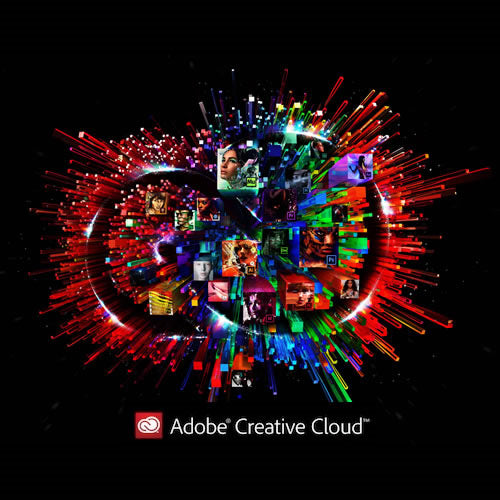Buzz Haven: Your Daily Dose of News and Information
Stay updated with the latest trends, news, and insights from around the world.
When Software Gets Creative: The Unsung Heroes of Digital Expression
Discover how software innovators are redefining creativity in the digital age—uncover the unsung heroes of artistic expression!
The Evolution of Creative Software: From Tools to Artists
The evolution of creative software has transformed the landscape of artistic expression, shifting from simple tools to sophisticated platforms that empower both amateur and professional creators. In the early days, software like Paint and Word offered basic functionalities, serving as digital canvases and text processors. Over time, as technology advanced, we witnessed the rise of complex programs like Adobe Photoshop and Final Cut Pro, which introduced features such as layers, filters, and effects that allowed users to manipulate images and videos with unprecedented precision. This transformation marked the beginning of a new era where software not only supported creativity but also became an integral part of the artistic process.
Today, creative software has evolved to a point where it plays a pivotal role in the creation of art, with innovative tools harnessing the power of artificial intelligence and machine learning. Platforms like OpenAI's DALL-E and Runway allow artists to generate unique content, pushing the boundaries of traditional creativity. As we explore this new frontier, the conversation shifts from viewing software merely as tools to recognizing them as active participants in the creative process—often referred to as digital artists themselves. This shift not only challenges our understanding of artistry but also opens up endless possibilities for collaboration between humans and technology, redefining what it means to create in the digital age.

Exploring the Role of AI in Digital Art: Friend or Foe?
The emergence of AI in digital art has sparked a heated debate among artists, collectors, and critics alike. Many view AI as a friend, offering innovative tools that can enhance creativity and streamline the artistic process. With AI-powered applications capable of generating unique artworks, artists can explore new dimensions of creativity, pushing the boundaries of traditional methods. For instance, algorithms can analyze vast amounts of existing art to inspire new creations, making it easier for artists to experiment with styles they might not have considered before.
On the other hand, there are concerns that AI might be a foe to the integrity of the art world. Critics argue that reliance on AI tools could lead to a dilution of the human touch in art, where genuine emotions and expressions are overshadowed by algorithmic patterns. Additionally, the question of authorship arises: who owns an artwork created by an AI? This uncertainty not only challenges the notion of creativity but also raises ethical considerations related to copyright and originality. As we continue to navigate this evolving landscape, it's crucial to find a balance that respects both human creativity and the advancements that AI can bring to the world of digital art.
How Software is Empowering a New Generation of Digital Creators
The rise of technology has significantly transformed the landscape for digital creators, enabling them to innovate and express their creativity like never before. With powerful software tools readily available, a new generation of talent is emerging, equipped to turn their imaginative ideas into reality. From graphic design to video production and music composition, software solutions such as Adobe Creative Suite, Final Cut Pro, and FL Studio offer users the resources they need to enhance their skills and produce high-quality content. These tools empower creators to experiment without barriers, fostering an environment where creativity thrives and new forms of art can flourish.
Moreover, the accessibility of cloud-based platforms and user-friendly interfaces means that even those with minimal technical knowledge can create stunning works. Creative communities have sprung up around these software tools, encouraging collaboration and sharing of resources. For instance, platforms like Canva and Soundtrap allow individuals to collaborate in real-time, making it easier to merge ideas across disciplines. As this generation leans into the power of technology, we witness a cultural shift that redefines not just content creation, but also the very notion of what it means to be a creator in today’s digital age.